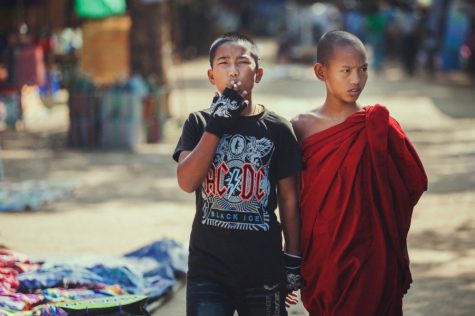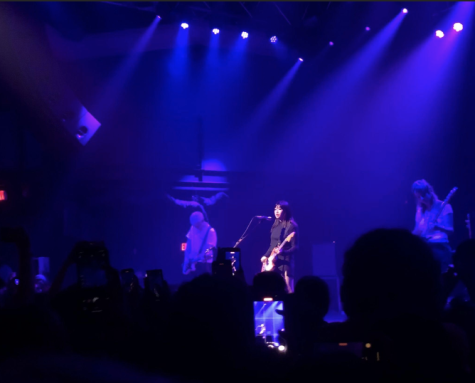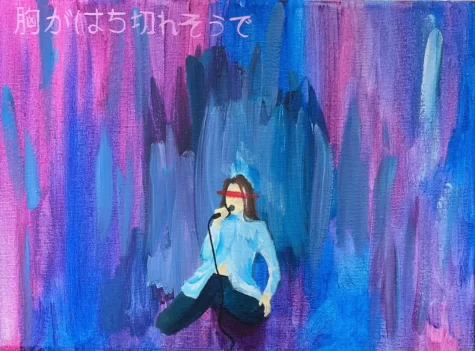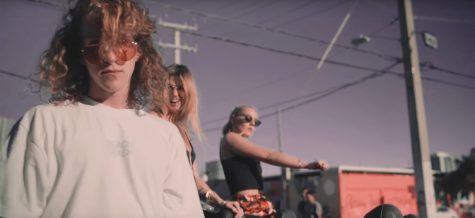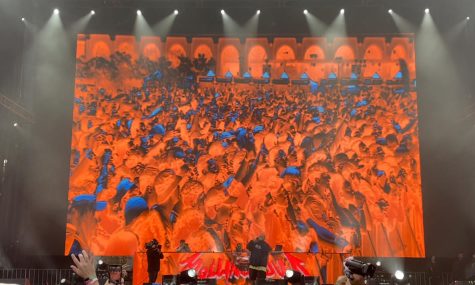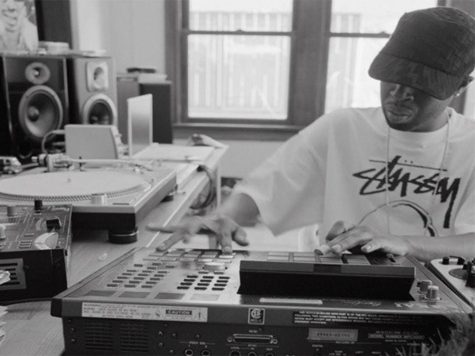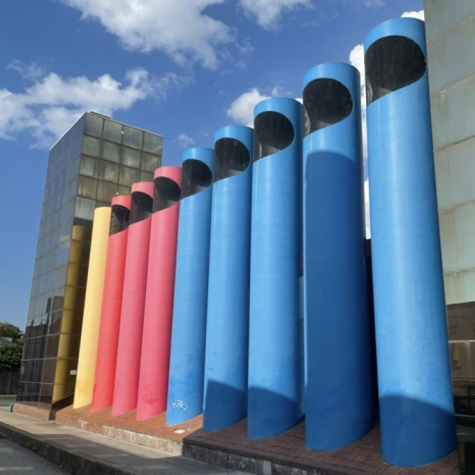Coo-Coo Ca-Choo: A Brief History of Paul Simon’s Graceland
October 10, 2014
 Courtesy of American Songwriter.
Courtesy of American Songwriter.
While I wrote about a Paul Simon cover last week, I decided to stick to what I know best and write another piece about him for a second week in a row. I figured I should write about my favorite album at some point in the semester. Why not now?
Paul Simon’s Graceland has become a sort of biblical work for me, something I can turn to for guidance or support. Like most influential pieces of music, Graceland connects listeners to their own memories, self-perceptions, and aspirations. People better understand themselves, as well as their relationship to the world around them, through the self and cultural expressions found in the sounds of music. Perhaps the beauty of Graceland stems from its unique, sociopolitical history within Apartheid-stricken South Africa.
Graceland, recorded in South Africa in 1985, reflected the deep oppression of black South African musicians and their immense struggle in expressing their cultural identities under the system of Apartheid. Although Graceland has proved to be a controversial piece of protest music, its successes aroused public conversation and debate about the role of Apartheid in South Africa and, more importantly, condemned the belief that political figures have the authority to control the music and artistic community.
During the 1980s, South African Apartheid had reached its peak of social turmoil, both internally and externally. Black South Africans began a widespread movement of various protest tactics aimed at weakening the Apartheid regime and promoting racial equality, which included riots, demonstrations, and forms of civil disobedience. Additionally, countries worldwide agreed to boycott creative affairs in South Africa in the hopes of destroying the system of Apartheid. While large companies and corporations agreed to cut all ties with South Africa, many individuals believed that leaving the country in social turmoil ultimately deepened the level of social injustice that already existed under Apartheid. One of these individuals, Paul Simon, refused to let political sanctions interfere with his music aspirations, which included recording his next album in South Africa.
Inspired by the South African Boyoyo Boys’ unique integration of “isicathamiya and mbaqanga [and] good old American rock and pop,” Paul Simon embarked on a journey to South Africa in 1985 to begin recording a new and innovative record, featuring the sounds of native South Africa. While initially unaware of the international boycott, Simon eventually learned of the United States’ strict regulations prohibiting visits to the country. He refused, however, to delay his recording process. Later that year, without legal approval from the African National Congress, Simon continued to work on Graceland. Simon said: “So as far as I knew, I was a welcome musicianÛ_wherever the objections came from, they didn’t come til quite a long period of time afterwards.Û
Simon has reiterated in numerous interviews that he did not intentionally record in South Africa to send any sort of explicit, political message to those enforcing Apartheid. Although the process of recording Graceland might have implied a sociopolitical concern, Simon’s sole agenda was to create a unique, innovative record, showcasing the tremendous talent of South African musicians. The themes of Graceland manifested themselves in artistic expression and cultural identity and did not contain lyrics or content urging for social equality. Additionally, in giving musical freedom and opportunities to the musicians featured on Graceland, Simon also happened to invalidate the principles of Apartheid and racial segregation, ultimately sparking the controversy revolving around the record.
Graceland separated art from politics, music from the law, and cultural expression from rules and regulations. For this, it holds significant value not only in the music community, but also in the hearts of Simon’s innumerable fans.






